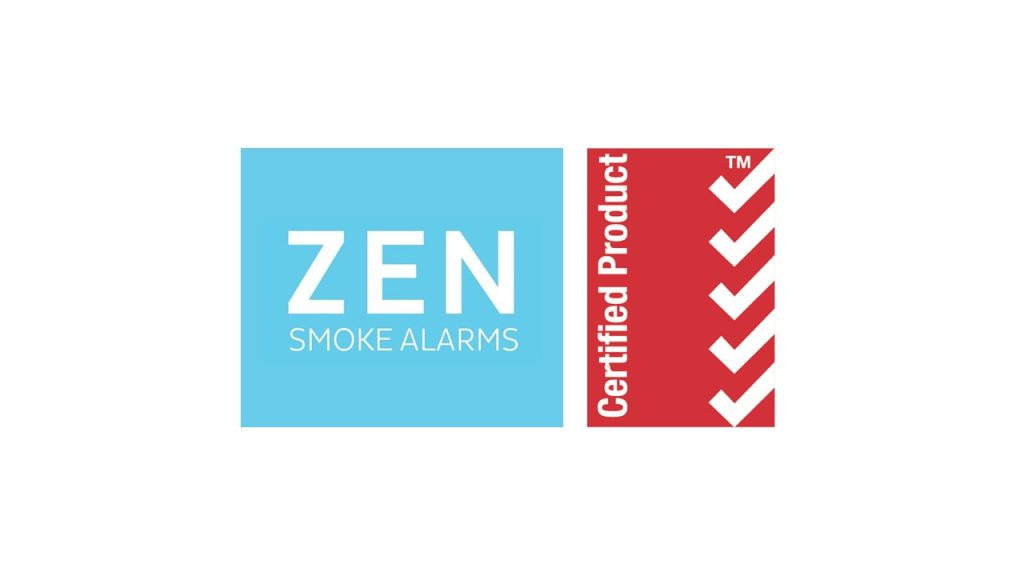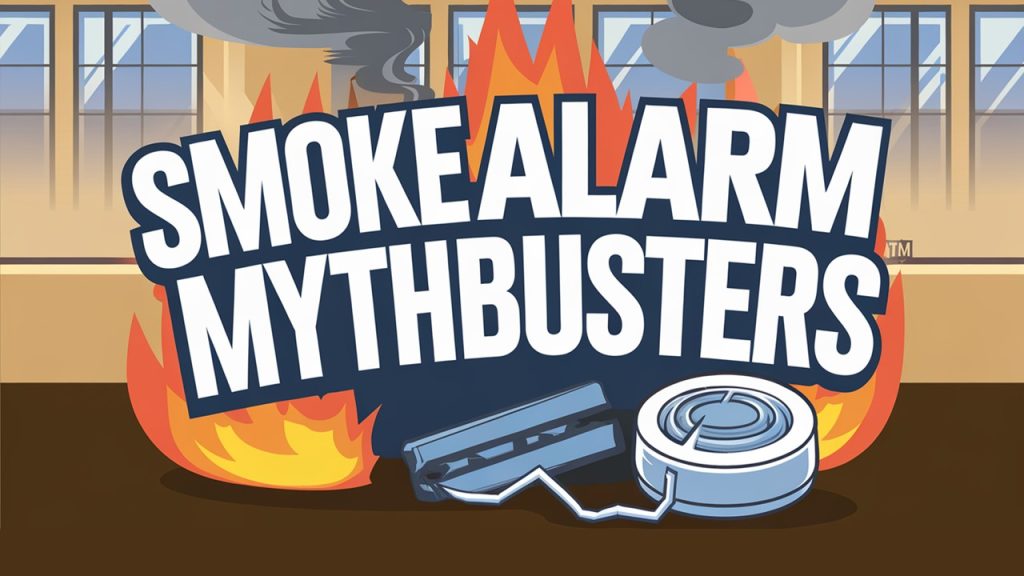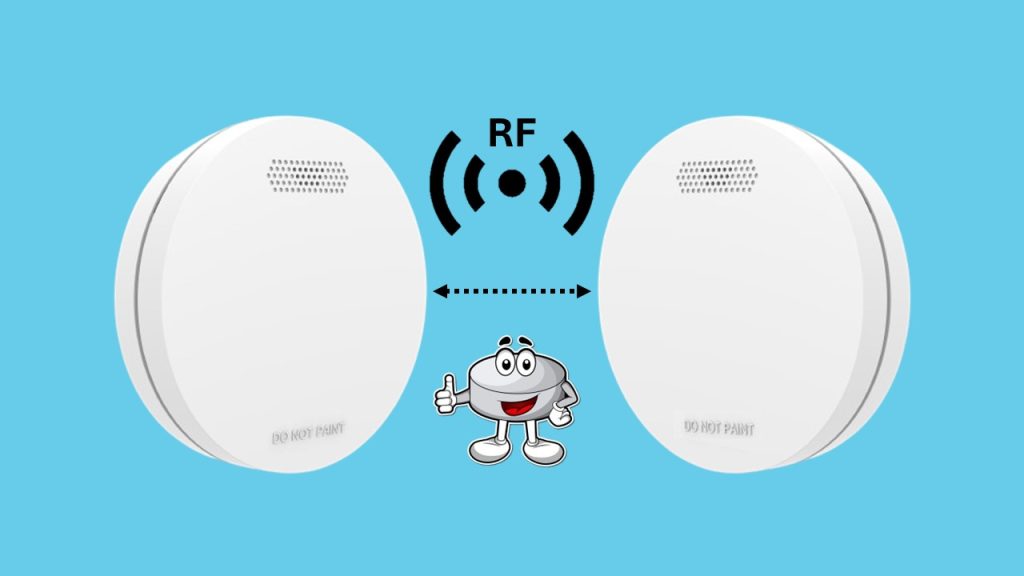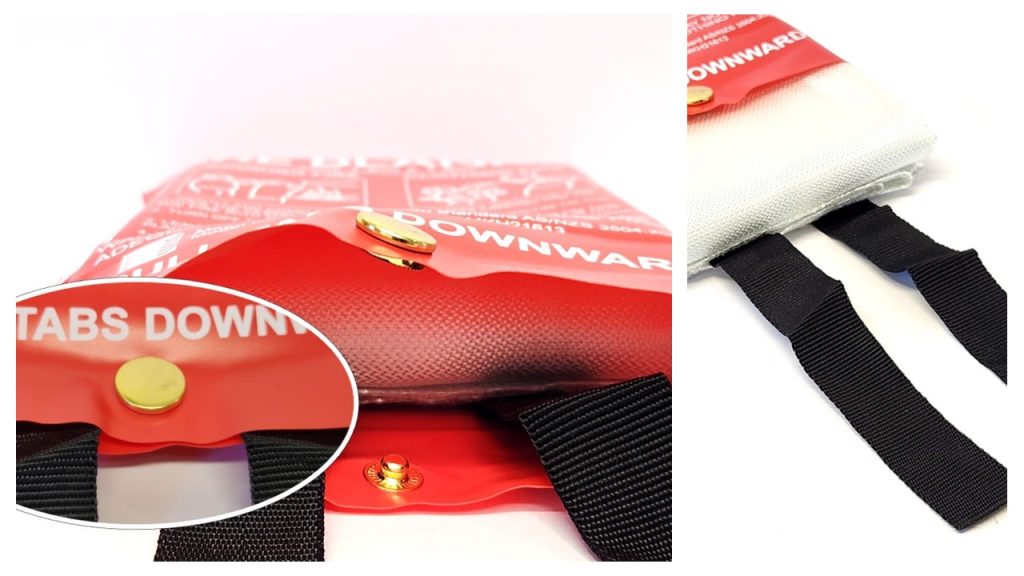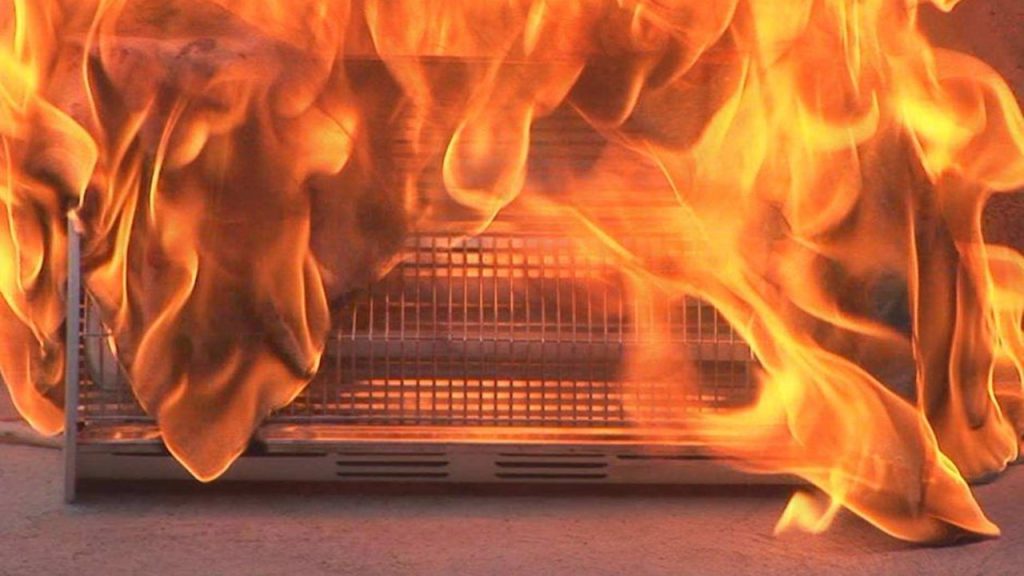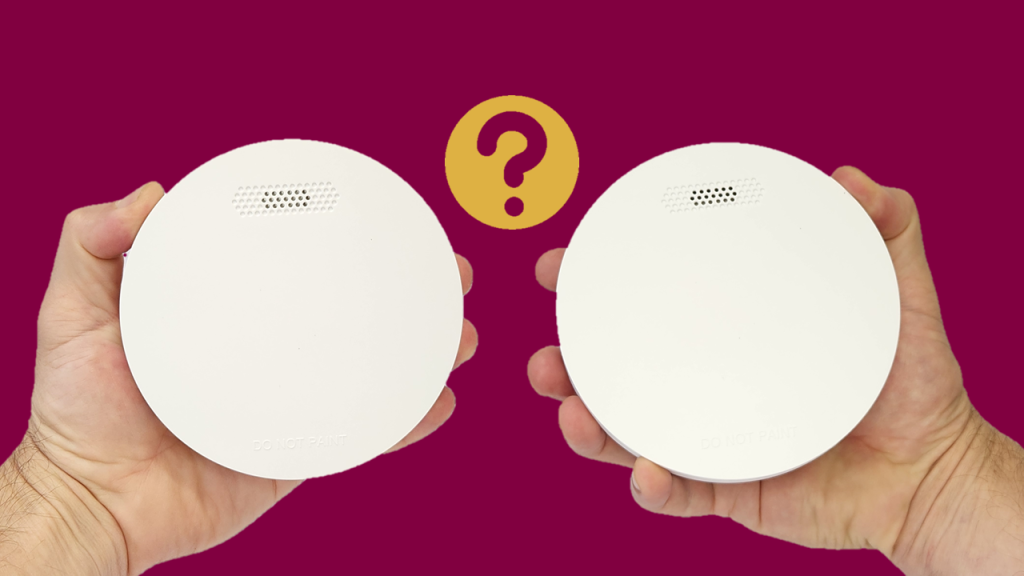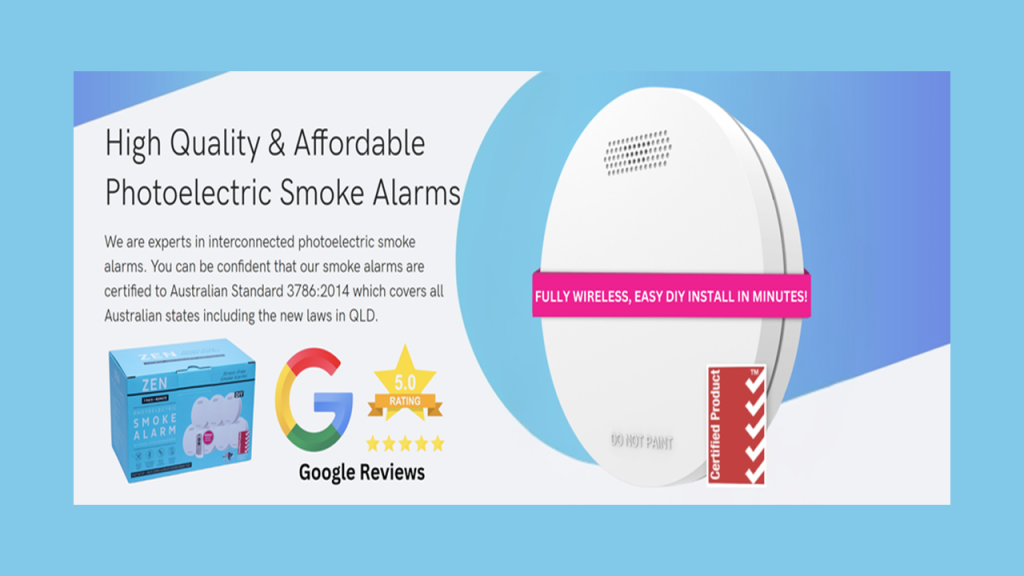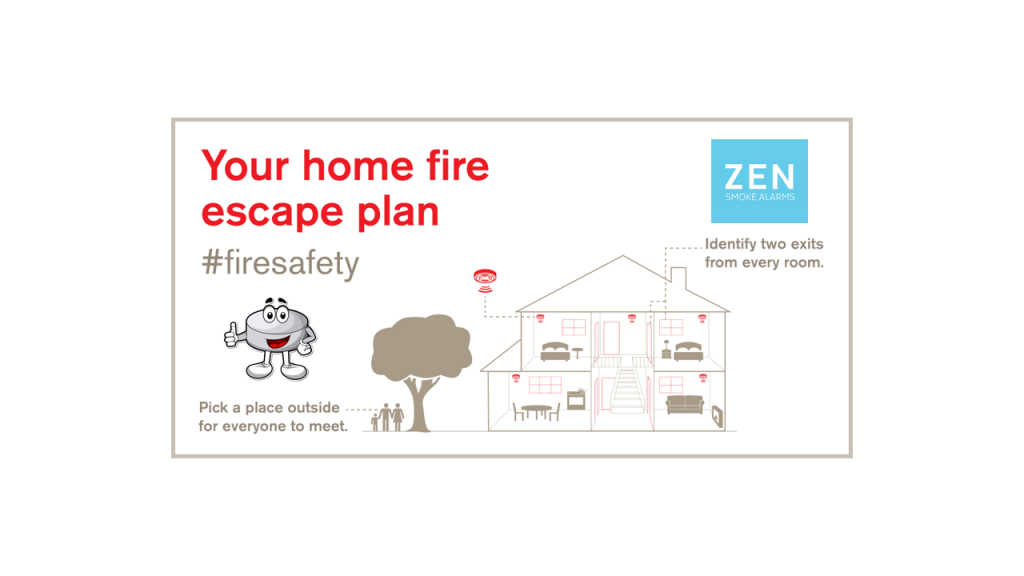Blog
Must-Read! 5 Shocking Myths About Interconnected Smoke Alarms—Debunked! (Part 2 of 2)

Interconnected smoke alarms are essential safety devices, but misinformation often keeps people from making the best choices. Many homeowners believe myths that could compromise their fire safety, from misconceptions about installation to doubts about reliability. In this second part of our knowledge series, we’ll bust another five common myths about interconnected smoke alarms, helping you separate fact from fiction. Understanding how these alarms work and why they’re crucial can empower you to take the right steps in protecting your home and loved ones. Whether you’re considering an upgrade or simply want to stay informed, this guide will give you the confidence to make smarter fire safety decisions. Stay tuned!

MYTH 1: Interconnected Smoke Alarms Are Not Necessary
REALITY: Some people believe that interconnected smoke detectors are an unnecessary luxury. However, interconnected smoke alarms significantly improve safety. When one fire alarm detects smoke, it triggers all interconnected smoke detectors in the house, ensuring that everyone is alerted, regardless of where the fire starts. interconnected alarms are recommended by every Australian state fire department and will soon become mandatory by law for every Queensland home in 2027.
MYTH 2: Interconnected Smoke Alarms
Don’t Need Maintenance Or Cleaning
REALITY: Maintenance is crucial for all fire alarms to function properly and interconnected smoke alarms are no exception. interconnected smoke alarms should be tested monthly. Additionally, interconnected smoke alarms should be cleaned periodically to remove dust and debris that could impair their sensitivity. Neglecting these tasks can lead to false alarms or, worse, a failure of the smoke alarm to alert you in the event of a fire.
MYTH 3: All Interconnected Smoke Alarms Are The Same
REALITY: There are two primary types of smoke alarms: ionization and photoelectric. Photoelectric smoke alarms are better at detecting smoldering fires, which are more common in home environments. They are less prone to false alarms from cooking or steam, making them more reliable in daily use. Additionally, photoelectric smoke detectors provide quicker warnings for slow-burning fires, offering more time to escape safely. It is for this reason that photoelectric interconnected smoke alarms such as ZEN are the preferred type by all fire authorities in Australia.
MYTH 4: Smoke Detectors Can Be Installed Anywhere
REALITY: Proper placement is key for effective smoke detection. ZEN interconnected smoke alarms should be installed on every level of your home, inside bedrooms, and the hallway outside sleeping areas. Avoid placing interconnected smoke alarms near kitchens or bathrooms where steam and cooking fumes could cause false alarms. Avoid placing interconnected smoke alarms in areas prone to excessive dust or in semi-enclosed areas.
MYTH 5: I’ll Hear The Alarm And Have Plenty Of Time To Act
REALITY: Many people believe that the smell of smoke will wake them up, or that heat from a fire will give enough warning to respond calmly. However, fires can spread rapidly, often filling a home with smoke in minutes. Did you know that whilst asleep your sense of smell ceases to function? – you won’t smell the smoke. An interconnected smoke alarm system can alert you in time by sounding all fire alarms in the house when one is triggered, giving you the precious seconds needed to escape.

We hope you have enjoyed this second part of our knowledge series article. By debunking common smoke detector myths and recognizing the strengths of different types of interconnected smoke alarms, you can make informed decisions that enhance your household’s fire readiness.

Want to know more? Watch our ZEN Smoke Alarm YouTube channel or call us on 0478 596 402 today
We love talking smoke alarms!
ZEN Interconnected Smoke Alarms
New Farm, QLD, 4005


